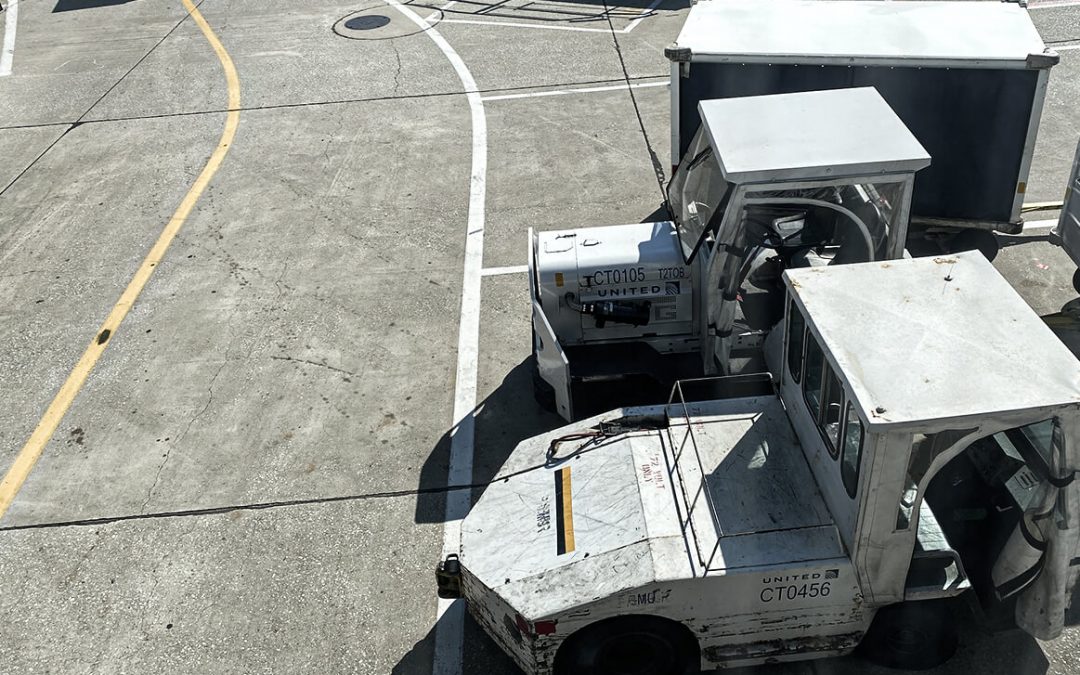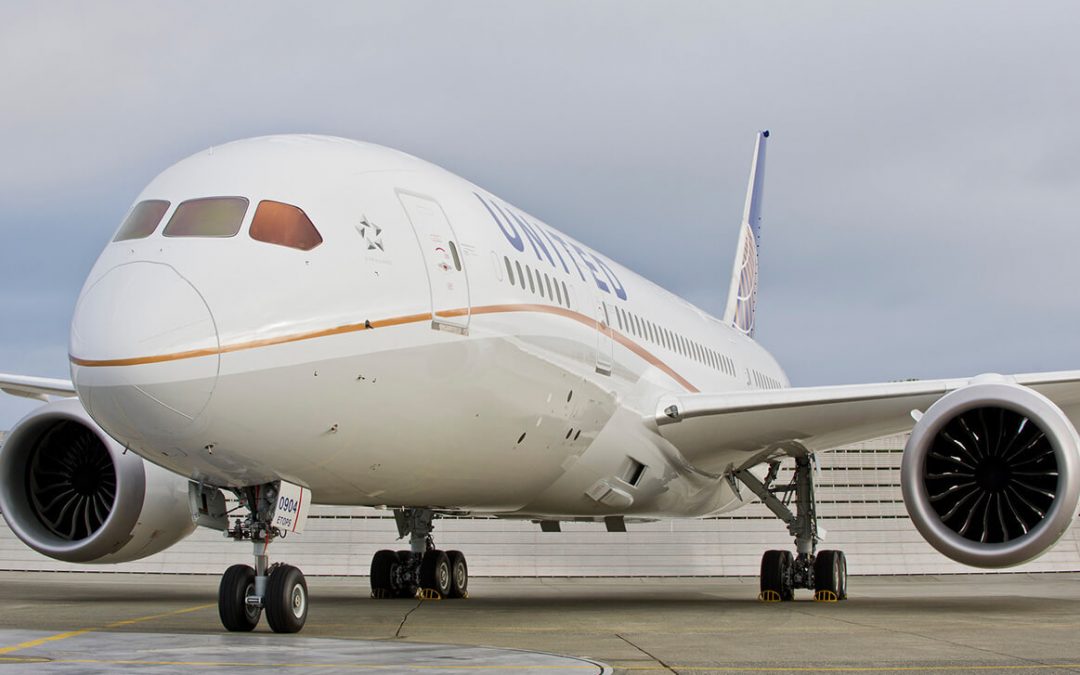
by Eric Price | Oct 5, 2021 | Front Page, Page Three, Perusals, Row 2, Safety, Spirit
Don’t be these people. Panicking passengers evacuating a Spirit Airlines flight are seen ignoring instructions from flight crews during what appeared to be a fairly minor (if alarming) emergency. Some of the passengers evacuating after an engine fire took time...

by Eric Price | Sep 27, 2021 | Front Page, Page Five, Page Two, Perusals, Row 2, Safety, United
United Delays Action Against Employees With Medical or Religious Exemptions Facing a lawsuit filed by six United Airlines employees, the carrier has announced that it will postpone the decision to place those with medical or religious exemptions on unpaid leave until...

by Eric Price | Sep 14, 2021 | Front Page, Page Five, Page Four, Page Three, Page Two, Perusals, Row 2, Safety
FAA Fines Against Unruly Passengers Reach $1M The U.S. Department of Transportation’s Federal Aviation Administration (FAA) has proposed another $531,545 in civil penalties against 34 airline passengers for alleged unruly behavior, bringing the total for 2021 to more...

by Eric Price | Aug 6, 2021 | COVID, Front Page, Page Five, Page Three, Page Two, Perusals, Row 2, Safety, Safety, United
United Airlines to Require Employee Vaccinations (Survey) Reversing his earlier promise not to be the first to issue vaccine mandates, United Airlines CEO Scott Kirby announced that all US-based employees must be vaccinated against COVID-19 by this fall. This move by...

by Eric Price | Jun 15, 2021 | Featured, Featured News, Front Page, MNPL, Page Five, Page Four, Page Three, Page Two, Row 2, Safety
Record Number of Attacks on Airline Workers Driven by Mask Mandates, Political Fury A report from the Federal Aviation Administration reveals the number of violent attacks against flight crews and airport agents has exploded by over 170% since 2019. With 2021...

by Eric Price | Jun 11, 2021 | American, Featured, Featured News, Front Page, Page Five, Page Four, Page Three, Page Two, Perusals, Row 2, Safety, Video
Obie O’Brien (left) and Rich Howell (on right) with Congressman Connor Lamb (D-PA, 17th Dist.) Obie is the President of the Pennsylvania State Council of Machinists, and Rich is the Vice President. 141 Report: GSAP Rollout at American, PA State Council...







